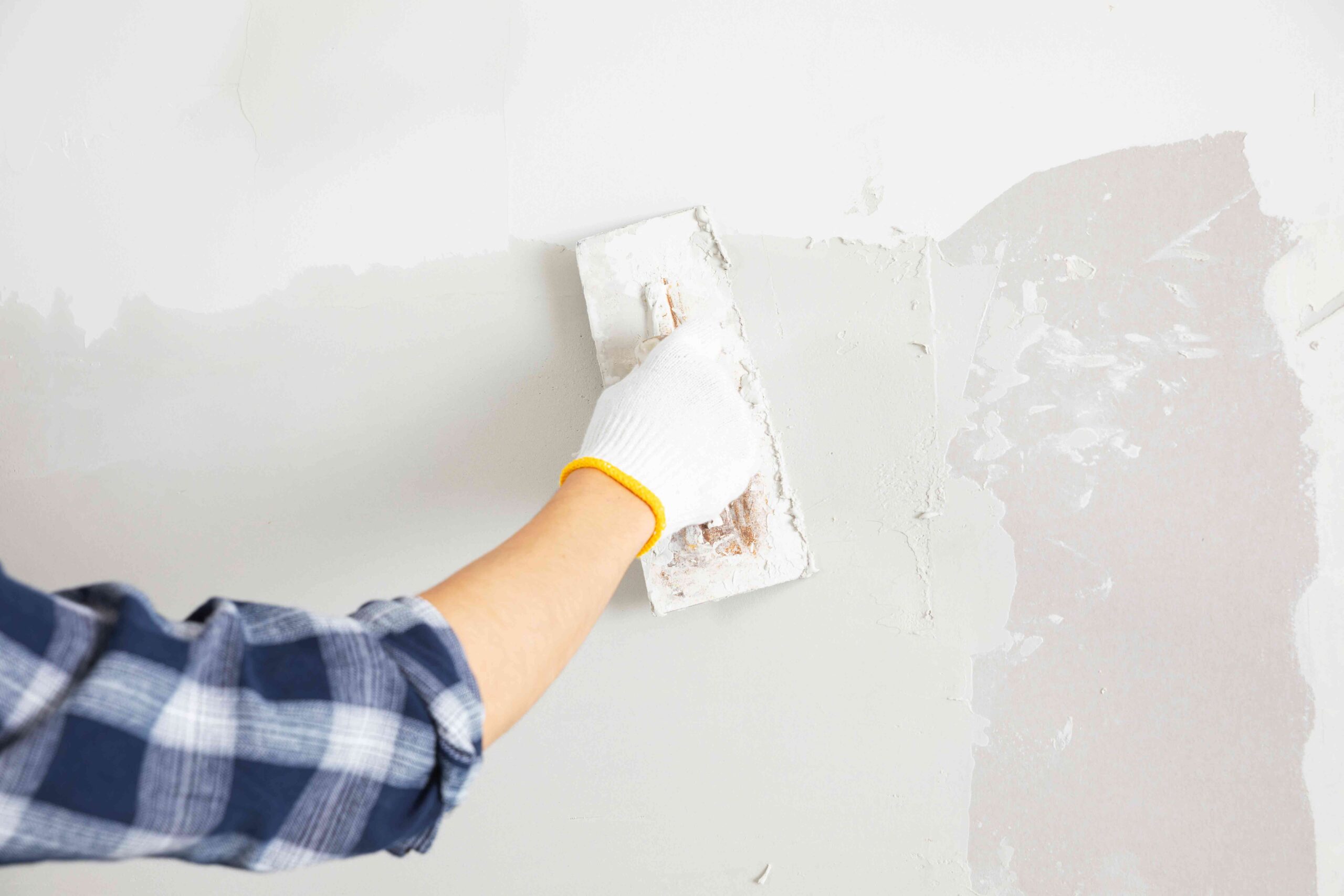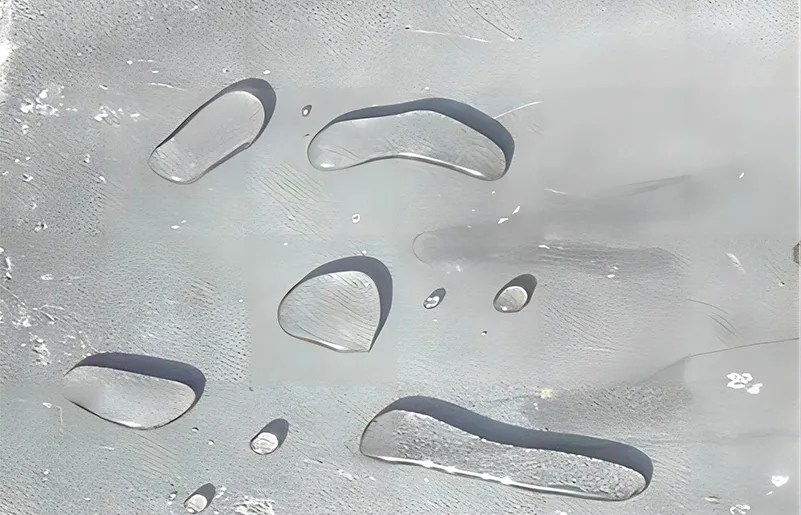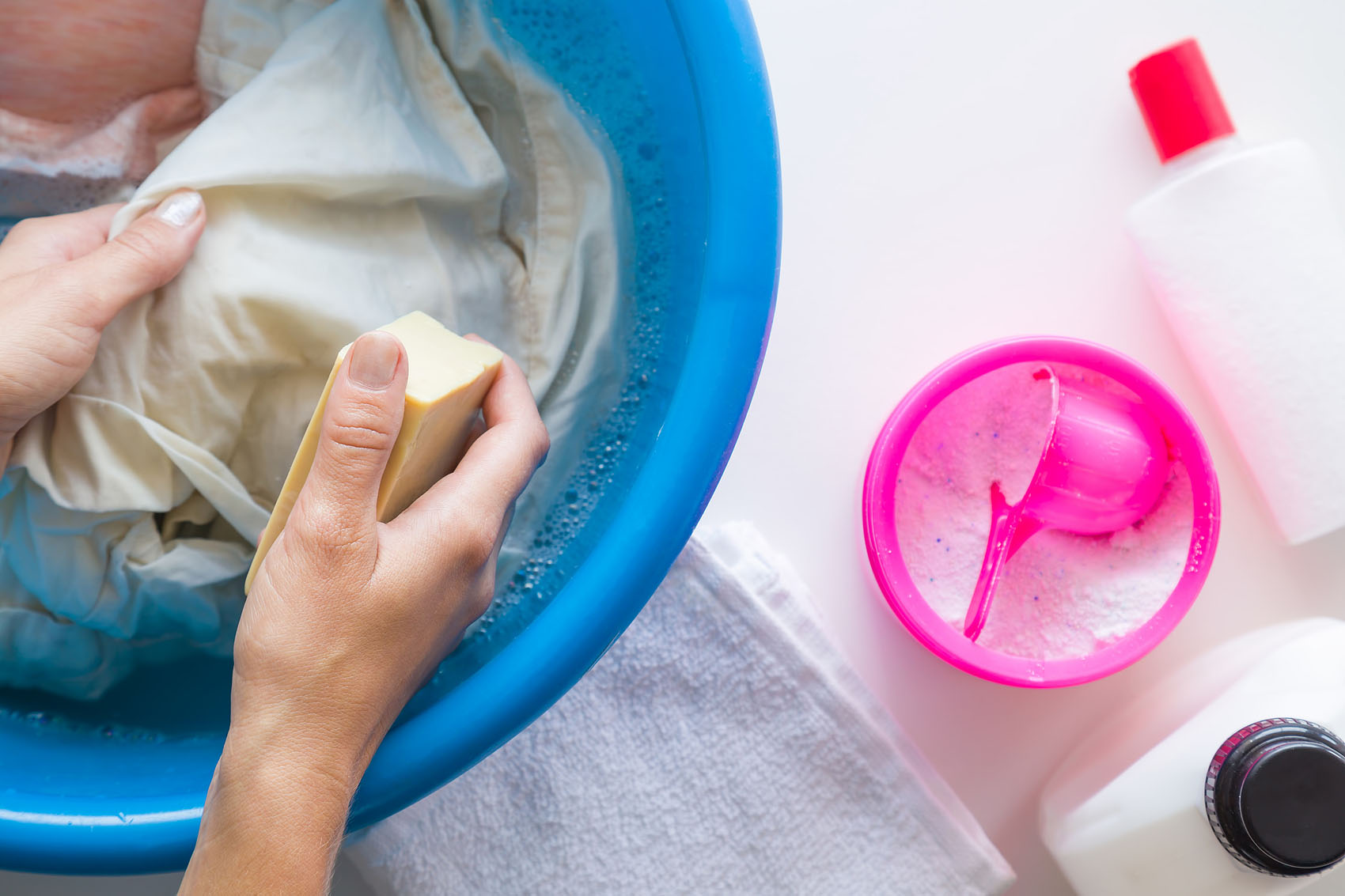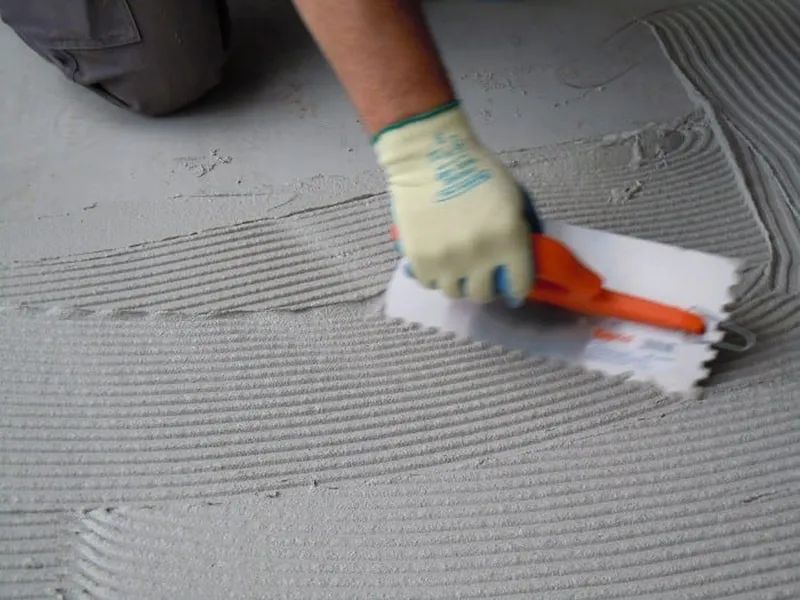
Although cellulose ether is added at only 0.1%-0.5% (of the total dry powder) in the gypsum plaster mortar formulation, it is a key functional additive that determines the mortar’s “workability” and “performance.” Its core role can be seen in three dimensions: water retention, workability, and crack resistance. The specific application logic is as follows
1. Core Function: Addressing the "Performance Pain Points" of Gypsum Plaster Mortar
The base material of gypsum plaster mortar (construction gypsum) has the natural characteristics of rapid setting and poor water retention. Without the addition of cellulose ether, the mortar is prone to rapid water loss during construction, resulting in problems such as “hardening too quickly and making it difficult to spread evenly” and “poor adhesion to the base layer, resulting in hollowing and falling apart.” Cellulose ether, through its molecular structure, precisely addresses these shortcomings:
2. Strong Water Retention: Extends working time and ensures hydration reaction
3. Improved Workability: Makes Mortar Easy to Apply and Prevents Sagging
The hydroxyl groups on the cellulose ether molecular chain form hydrogen bonds with water molecules, removing moisture from the mortar. “Locks in” moisture, slowing its penetration into the substrate (such as concrete and brick walls).
Practical Value: The open time of ordinary gypsum mortar during construction is only about 30 minutes. Adding cellulose ether can extend this to 60-90 minutes, meeting the time requirements for “mixing, transporting, and applying” when plastering large areas. Furthermore, sufficient moisture allows the gypsum to fully hydrate (forming dihydrate gypsum), preventing insufficient hydration that can lead to insufficient mortar strength and surface sanding.
Cellulose ether increases the viscosity and yield value of mortar, imparting excellent workability and thixotropy.
During application, the mortar adheres easily to the trowel and is less likely to fall off. Spreading creates minimal resistance, reducing worker effort.
During vertical application (such as wall plastering), the mortar will not slide or sag under its own weight, maintaining a consistent plaster thickness (especially suitable for thick layers of 20-30mm), reducing subsequent leveling efforts.
4. Improved Crack Resistance: Reduces Drying Shrinkage Cracks
Gypsum mortar shrinks in volume due to water evaporation during hardening, making it prone to fine cracks. Cellulose ethers alleviate this problem in two ways:
On the one hand, their water-retention effect allows the mortar’s moisture to evaporate slowly, preventing uneven shrinkage caused by rapid water loss.
On the other hand, the molecular chains of cellulose ethers form a “flexible network” within the mortar, distributing shrinkage stress and reducing the likelihood of cracking. They are particularly suitable for plastering in dry environments or on long-span walls.
II. Application Key Points: Addition Amount and Type Selection
The effectiveness of cellulose ethers requires “precise selection and appropriate addition.” Blind adjustments can easily lead to performance deviations.
Type Selection: Hydroxypropyl Methylcellulose (HPMC) is preferred.
HPMC is the most commonly used cellulose ether in gypsum plaster mortars because it combines high water retention with moderate thickening properties. It also has good compatibility with gypsum and does not affect the setting and hardening speed of the gypsum (some other cellulose ether types may slow setting).
Guidelines: Choose an HPMC with a viscosity of 50,000-200,000 mPa·s (low viscosity results in insufficient water retention, while high viscosity can lead to overly thick mortar and poor surface finish).
Additional Dosage: 0.15%-0.3% is the optimal range.
Minimum: Below 0.15% will result in insufficient water retention, prone to hollowing, and low mortar strength.
Maximum: Above 0.3% will result in excessively thick mortar, easily generating bubbles during mixing. These bubbles will burst and form small pores after hardening, affecting surface smoothness and strength. Excessive amounts of cellulose ether may also cause the mortar to appear powdery after drying.
Adjustments for Special Scenario: If the base layer is highly absorbent (such as porous brick walls), the dosage can be increased to 0.3%-0.4% to enhance water retention. For thin-layer plastering (≤10mm), the dosage can be reduced to 0.15%-0.2% to prevent excessive mortar thickening that affects smoothness
Ⅲ.Gypsum-Based Mortar Raw Material Formula Table
Raw Material Name | Function | Reference Dosage Range (kg) | Notes |
Construction Gypsum Powder | Cementitious Material | 1000 | Core raw material. Its grade (e.g., flexural strength ≥ 2.5MPa), setting time (initial setting ≥ 60min), and 2-hour flexural and compressive strength must be confirmed. |
High-Quality River Sand | Aggregate | 1200 – 1500 | It is recommended to have a particle size of 0.1-0.6mm and a mud content < 1%. The ratio of sand to gypsum determines the strength and workability of the mortar. |
Hydroxypropyl Methylcellulose (HPMC) | Water Retention, Thickening | 2.0 – 3.5 | Key additive. Common viscosity: 40000-60000 mPa・s. It ensures that the mortar does not lose water too quickly and provides good workability. |
Retarder | Adjusting Setting Time | 1.0 – 3.0 | Protein-based or citric acid-based retarders are commonly used. It must be adjusted accurately according to the initial setting time of gypsum powder and the ambient temperature. |
Redispersible Polymer Powder | Enhancing Bond Strength, Cohesion | 4.0 – 8.0 | It improves toughness, reduces hollowing and cracking, and enhances the reusability of fallen mortar. The dosage is adjusted based on cost and requirements. |
Starch Ether | Anti-Sagging, Thickening | 0.3 – 0.8 | Mainly used in mechanical spraying formulations to prevent mortar from sagging off the wall and improve hand feel. |
Air-Entraining Agent | Introducing Microbubbles | 0.1 – 0.5 | Added in a very small amount, it improves the smoothness of construction and reduces density, but it will reduce strength, so it must be used with caution. |
IV. Notes:
Synergy with Other Additives
Retarders (such as sodium citrate) and water-retaining agents (such as starch ether) are often used in gypsum plaster mortars. Consider the compatibility of cellulose ether with these agents:
Avoid excessive mixing with strong retarders, as this may result in prolonged mortar setting (over 12 hours), impacting the construction schedule.
If starch ether is added (for water retention), the cellulose ether dosage should be appropriately reduced (e.g., from 0.2% to 0.15%) to prevent excessive water retention, which can lead to slow drying and mold formation in the mortar.
Mixing and Storage Requirements
During mixing, the cellulose ether should be thoroughly mixed with dry aggregate (such as quartz sand) before adding water. This should prevent the cellulose ether from directly contacting the water, forming lumps and affecting dispersion.
During storage, cellulose ether easily absorbs moisture and clumps. It should be stored in a sealed, dry environment. Any lumps should be crushed and sieved before use. Otherwise, the cellulose ether concentration in the mortar may be excessively high, resulting in areas of excessive density and insufficient water retention.














